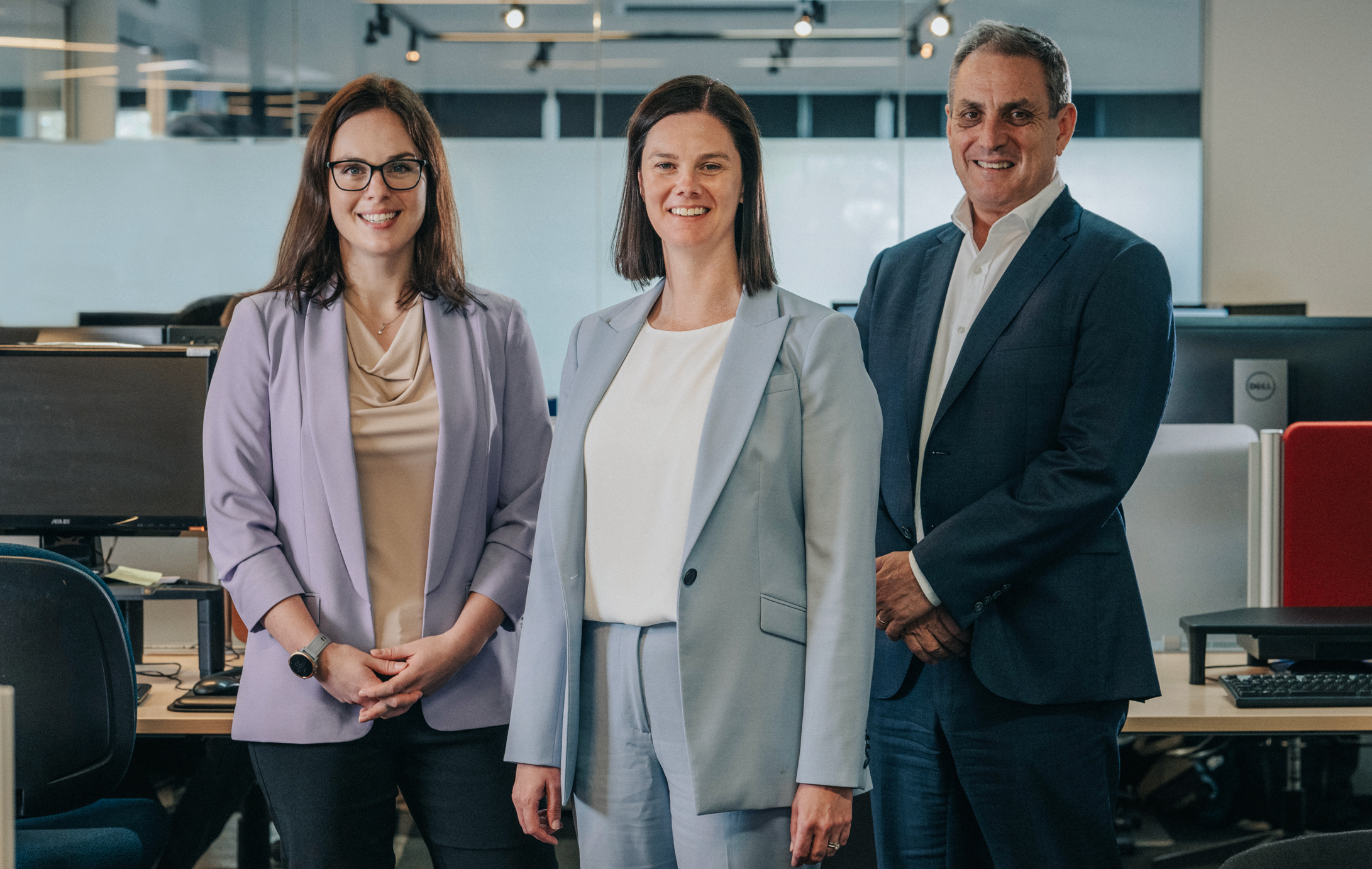Achieving executive team alignment

Situation
This global education provider had recently appointed a new CEO for their Australasian business unit. The newly formed executive team working under the new CEO were quite mixed in terms of their previous experiences and their expectations around how to interact and work as a team. As a result, the team were reporting some dysfunction and wanted to better align themselves in terms of how they operated.
Challenge
The CEO was facing quite steep commercial demands and wished to turn things around with the team as quickly as possible, resulting in a short turnaround time for project design and delivery. They also noted that certain voices were louder than others, who subsequently felt frustrated and unheard.
Solutions
We started by meeting with the CEO and CFO to understand their concerns and expectations of the project.
Since it was important that all team members had a say and felt that their voices were heard, we started by sending a survey to all executive team members. This survey collected both qualitative and quantitative data around how the team was currently performing, their strengths, weaknesses, opportunities, and threats (SWOT analysis), and how they wanted to see the team working together moving forward. Data from the survey was analysed for themes and integrated into a report and a slide deck to present to group.
The survey was followed up by a one-day executive alignment session that involved presenting survey results, running a team activity, discussions and education about high performing teams, and the development of a team charter.
Result
The ultimate outcome of the session was a team charter that was developed by the whole team. This outlined their overall objective as a team, their priorities, their values, and the behaviours they expected of themselves and each other. This team charter would then go on to guide their operational planning in future team sessions.
Feedback on the day and afterwards indicated that the sessions were well received and much appreciated.



